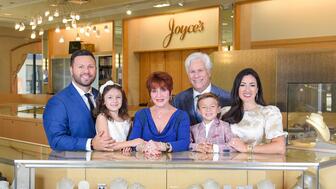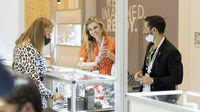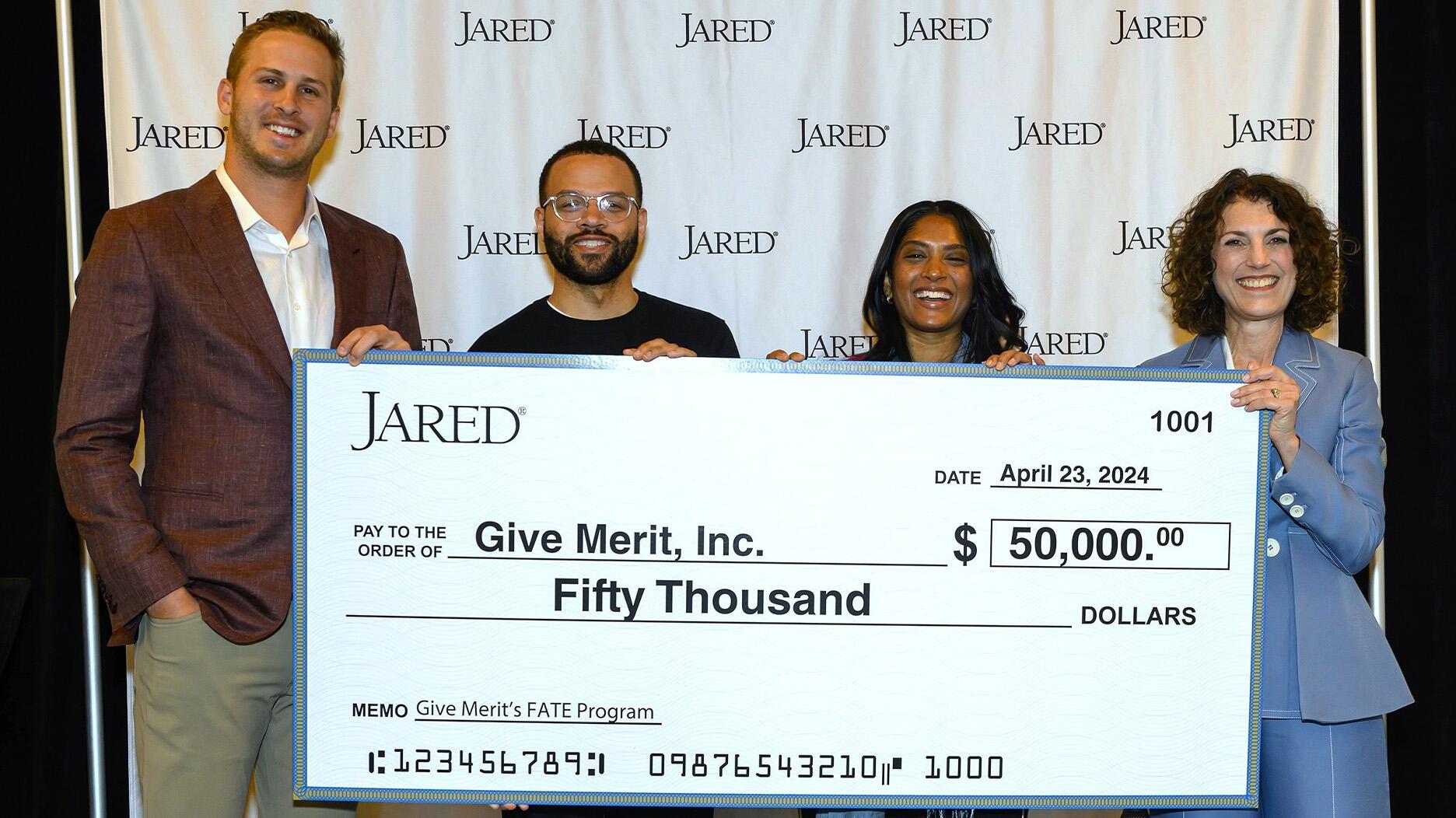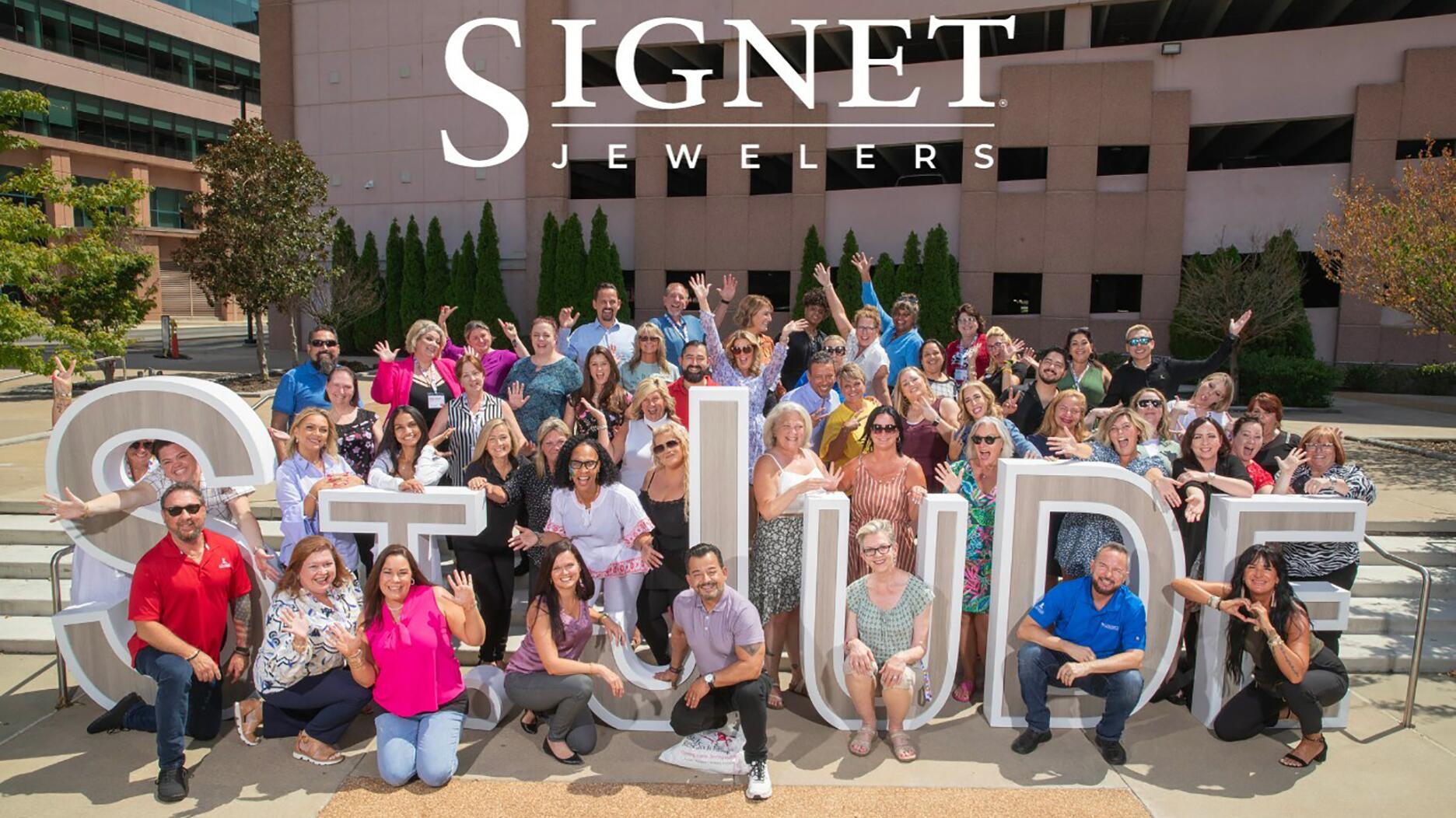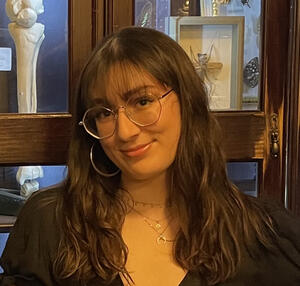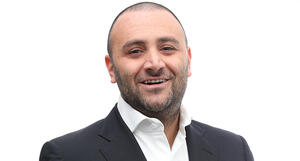Padis succeeds Lisa Bridge, marking the first time the organization has had two women board presidents in a row.
Tiffany Is Now Telling Consumers the Origin of Its Diamonds
Next year, the jeweler will start sharing information on where stones were cut and polished.
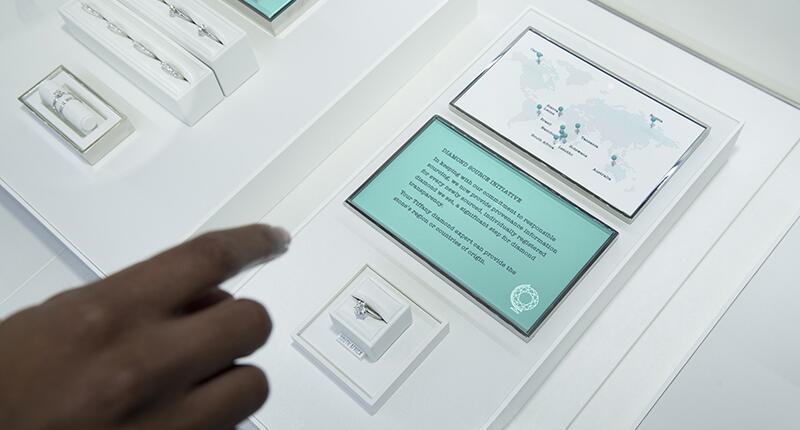
There’s now a map inside with 10 pins dropped on countries from Canada to Australia above a plaque that reads: “In keeping with our commitment to responsible sourcing, we now provide provenance information for every newly sourced, individually registered diamond we set, a significant step for diamond transparency.”
The plaque and the map—both with touches of Tiffany blue, of course—are part of what the jeweler is calling the “Diamond Source Initiative,” which it rolled out worldwide last month.
Now when customers come into any of Tiffany’s 300-plus stores, salespeople will be able to tell them the country of origin for most “individually registered” diamonds—diamonds that are 0.18 carats or larger and have been laser-engraved with “T&Co.” and a unique serial number.
There are, of course, a couple exceptions.
Diamonds sourced from De Beers, which does not segregate production from its various mines in southern Africa and Canada, will be labeled “Botswana sort.” Most of the stones, Tiffany said, were mined in Botswana, with some originating from mines in Namibia, South Africa and Canada.
For diamonds that pre-date the program’s rollout, Tiffany said it will provide confirmation to consumers that the diamond was sourced responsibly.
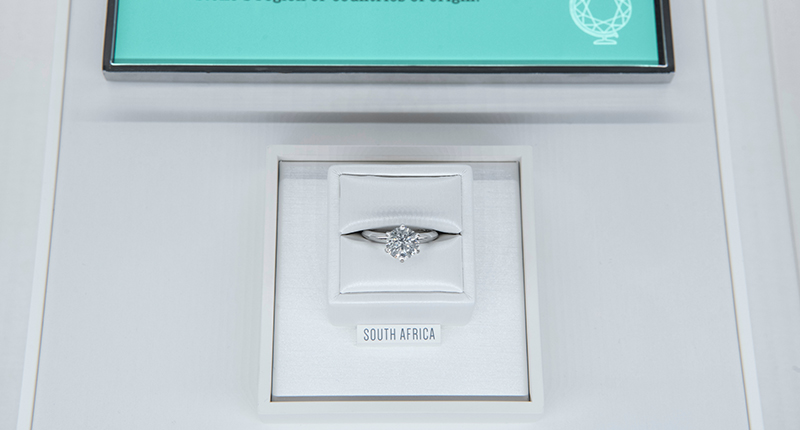
Tiffany started sharing diamond origin in its stores on Jan. 9, though it could have begun doing so years ago.
Andy Hart, Tiffany’s senior vice president of diamond jewelry and supply, said former Chairman and CEO Michael Kowalski started Tiffany down the path of charting diamond origin in the late ‘90s.
In 2002, Tiffany established Laurelton Diamonds, the jeweler’s rough sourcing arm that is a De Beers sightholder, and a client of Alrosa and Canadian miner Dominion Diamond.
In 2003, it began laser-inscribing its diamonds with unique serial numbers that are recorded in a database that contains information about each stone’s journey from mine to market.
So, why wait until now to start sharing source information with consumers?
“For a long time, we felt we were doing it because it was the right thing to do, and it was good for the company and it was good for the industry,” Hart said. “I think our customers deserve to know what is going on behind the scenes.”
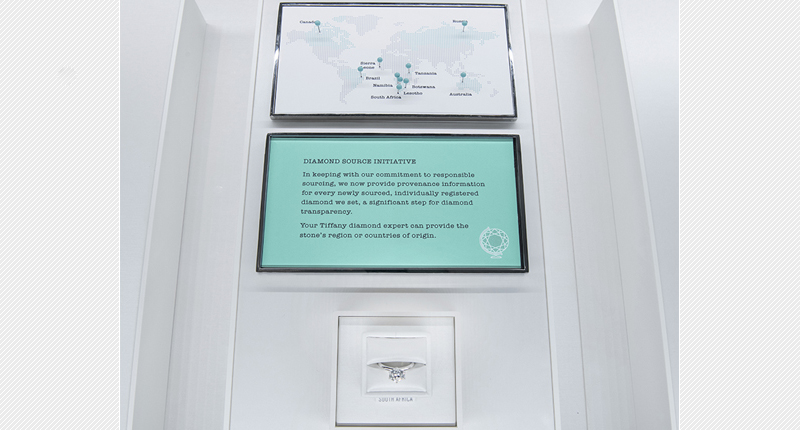
“We just felt like now was the right moment in Tiffany’s history to disclose the origin to our customers,” he said. “We really believe in the rarity and the incredible nature of diamonds. Diamonds grown in the lab have important uses in particular contexts and are going to perhaps have a greater use in the in the jewelry industry.”
But, Hart said, Tiffany won’t be using the stones in its jewelry.
“Natural diamonds create opportunity for people in countries where diamonds are a natural resource, such as Botswana. We believe in the opportunity to make, and we are making, a positive impact in those local communities.”
The Latest

Jesse Cole, founder of Fans First Entertainment, shared the “five Es” of building a fan base during his AGS Conclave keynote.

The Royal Oak Perpetual Calendar "John Mayer" was celebrated at a star-studded party in LA last week.

With Ho Brothers, you can unlock your brand's true potential and offer customers the personalized jewelry experiences they desire.
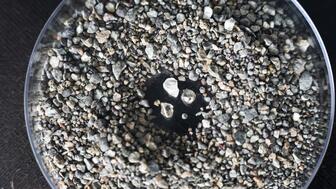
The announcement came as the company reported a 23 percent drop in production in Q1.


A double-digit drop in the number of in-store crimes was offset by a jump in off-premises attacks, JSA’s 2023 crime report shows.
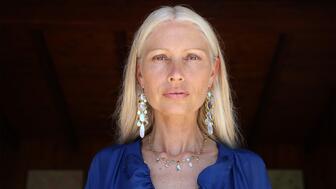
Inspired by the Roman goddess of love, the designer looked to the sea for her new collection.
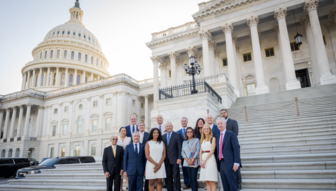
For over 30 years, JA has advocated for the industry, fought against harmful legislation and backed measures that help jewelry businesses.
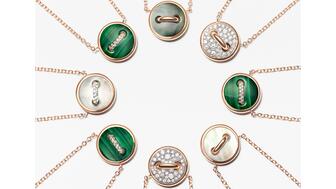
The luxury titan posted declining sales, weighed down by Gucci’s poor performance.

The selected nine organizations have outlined their plans for the funds.

The mining company’s Diavik Diamond Mine lost four employees in a plane crash in January.
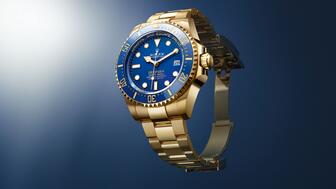
The crown introduced a dozen timepieces in Geneva, including a heavy metal version of its deep-sea divers’ watch.
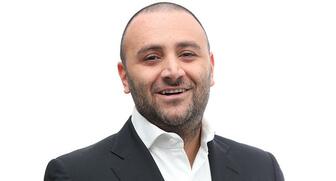
Emmanuel Raheb recommends digging into demographic data, customizing your store’s communications, and retargeting ahead of May 12.
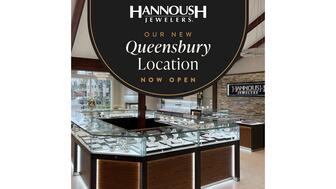
Located in the town of Queensbury, it features a dedicated bridal section and a Gabriel & Co. store-in-store.
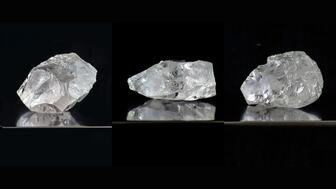
A 203-carat diamond from the alluvial mine in Angola achieved the highest price.
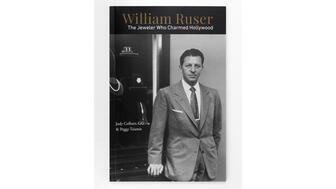
Ruser was known for his figural jewelry with freshwater pearls and for his celebrity clientele.

The “Rebel Heart” campaign embodies rebellion, romance, and sensuality, the brand said.

Editor-in-Chief Michelle Graff shares the standout moments from the education sessions she attended in Austin last week.
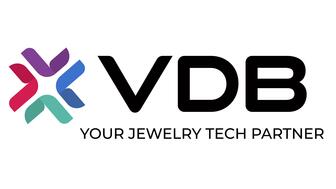
The overhaul includes a new logo and enhanced digital marketplace.

A new addition to the “Heirloom” collection, this one-of-a-kind piece features 32 custom-cut gemstones.

Last month in Dallas, David Walton pushed another jeweler, David Ettinger, who later died.
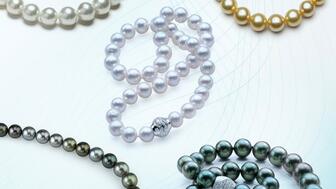
The move will allow the manufacturing company to offer a more “diverse and comprehensive” range of products.
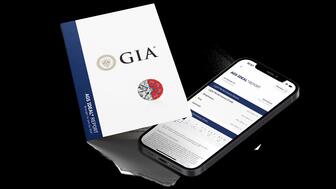
From now through mid-May, GIA will be offering the reports at a 50 percent discount.
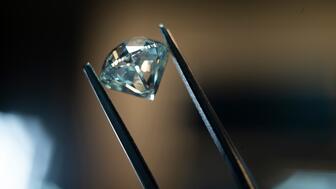
De Beers’ rough diamond sales were down 18 percent year-over-year in its latest round of sales.
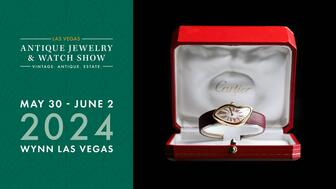

Sponsored by the Las Vegas Antique Jewelry & Watch Show
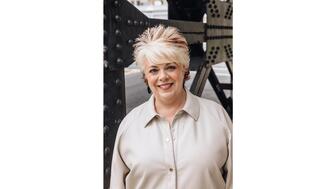
The Patek Philippe expert will serve as personal curator for the brand-focused company.
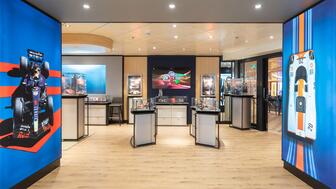
The 553-square-foot shop is aboard the Carnival Jubilee cruise ship.

